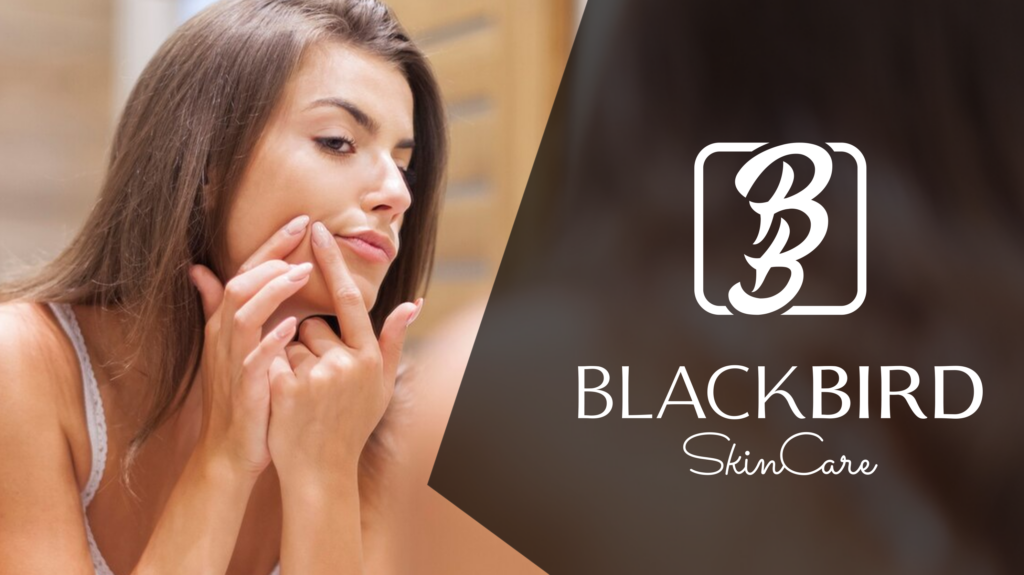Embarking on a skincare journey transcends mere superficial fixes; it’s an exploration of tailored solutions catering to your distinctive skin needs, especially when tackling acne. In this era, where individuality reigns supreme and skin types are uniquely diverse, personalized acne care emerges as a beacon of hope. With private labels pioneering the vanguard of innovation, they herald a new era in skincare—a transition from generic to bespoke solutions. This shift goes beyond merely offering products; it’s about weaving a narrative that resonates with the varied needs of individuals, crafting not just skincare but a custom regimen as unique as each person. Join us in exploring the transformative world of personalized acne solutions shaped by private labels, a journey towards achieving clear, healthy skin tailored just for you.
In the realm of skincare, private label acne cleansers are gaining popularity for their tailored solutions. These products, often featuring key ingredients like salicylic acid, benzoyl peroxide, and tea tree oil, cater to diverse skin types and acne concerns. Emphasizing personalized care, private labels are revolutionizing acne treatment by offering high-quality, cost-effective options. This guide delves into the intricacies of acne, the efficacy of various ingredients, and the rising trend of private label skincare in addressing this pervasive skin issue.
Understanding Acne
Acne is a widely prevalent skin condition that affects individuals of all ages, although it’s particularly common among teenagers. It manifests as various types of bumps on the skin, including whiteheads, blackheads, pimples, or deeper lumps like nodules and cysts. These usually appear in areas of the body with the most oil glands – the face, chest, upper back, and shoulders.
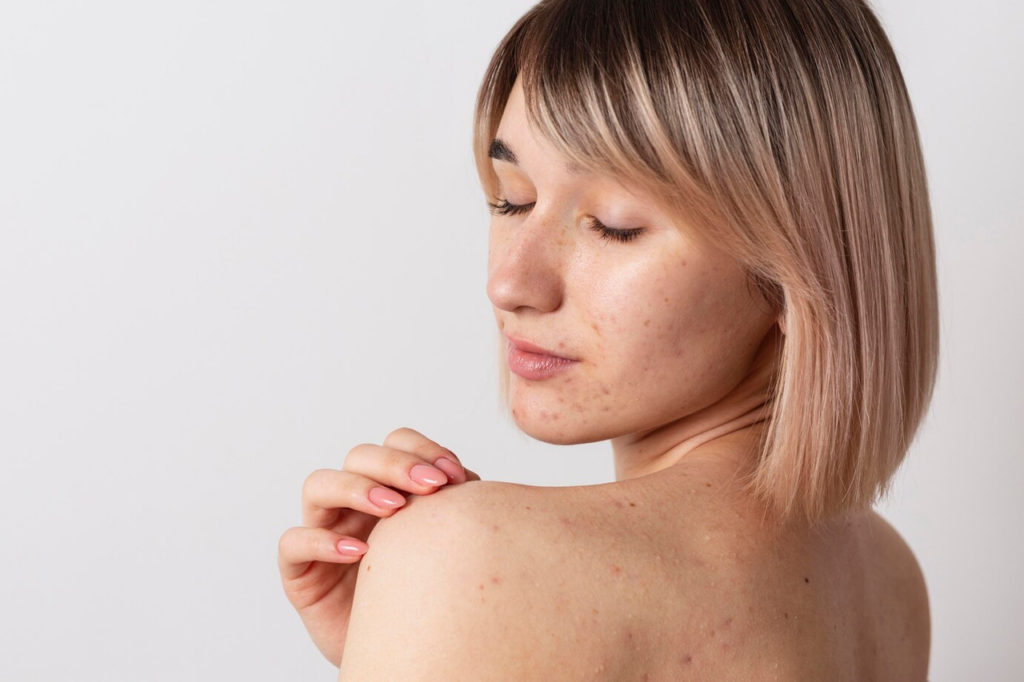
But what actually causes acne? The process begins in our pores, tiny openings in our skin that each contain a hair follicle and an oil gland. When our bodies produce too much sebum (the oily substance that keeps our skin hydrated), it can clog these pores, trapping dead skin cells inside. This forms a perfect environment for Propionibacterium acnes, a bacteria that lives on our skin, to thrive, leading to inflammation and acne.
Moreover, hormones, especially androgens that increase during puberty, can trigger excess oil production. Other external factors such as stress, certain foods, and some medications can also contribute to acne breakouts.
So how does a good cleanser fit into the equation? A well-developed cleanser is designed to gently remove dirt, oil, and excess sebum from your skin’s surface without causing irritation. This effectively prevents pore-clogging, which leads to acne. Some cleansers go even further, containing active ingredients like salicylic acid to exfoliate dead skin cells, or benzoyl peroxide to kill acne-causing bacteria.
However, it’s crucial to strike a balance. While it’s important to cleanse the skin and reduce oiliness, harsh cleansing can strip the skin of its natural oils and damage the skin barrier, which ironically triggers more oil production and potentially worsens acne. Therefore, it’s essential to choose a cleanser that is gentle yet effective, aligning with your skin’s needs and the severity of your acne.
In the upcoming sections, we’ll explore in detail key ingredients in acne-fighting cleansers to guide you toward making an informed decision for your private label brand. Understanding these elements will help ensure that your brand develops a product truly beneficial for those battling acne.
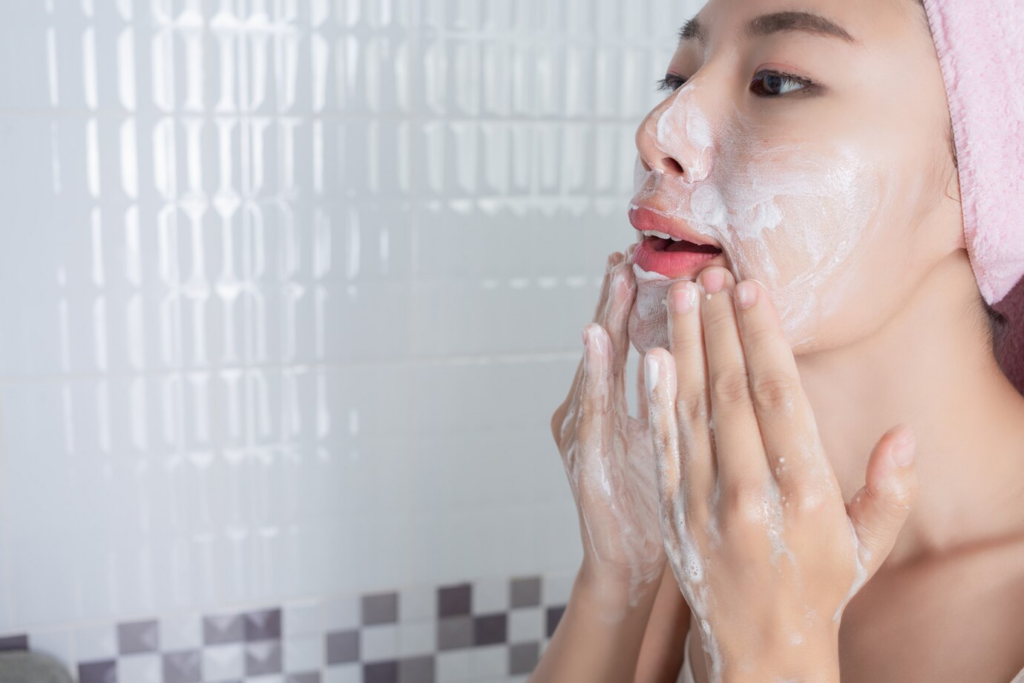
Ingredients in Private Label Acne Cleanser
If you’re looking to formulate an acne cleanser for your private label brand, it’s key to understand the active ingredients that are proven effective in combating acne. Here’s a breakdown of some common ones:
Salicylic Acid
This beta-hydroxy acid (BHA) is oil-soluble, meaning it can penetrate the pores to dissolve excess sebum and dead skin cells, preventing clogs that lead to breakouts. Additionally, salicylic acid possesses anti-inflammatory properties which reduce redness and swelling associated with whiteheads and blackheads. It’s commonly found in concentrations ranging from 0.5% to 2%.
Benzoyl Peroxide
A powerhouse in acne treatment, benzoyl peroxide functions by killing Propionibacterium acnes, the bacteria responsible for causing acne inflammation. It also helps in removing dead cells from the skin surface, preventing pore-clogging. Benzoyl peroxide comes in different strengths, typically ranging from 2.5% to 10%. Higher percentages are more potent but may cause skin irritation.
Tea Tree Oil
This natural ingredient has proven antimicrobial properties and can kill off P. acnes. Often seen as a gentle alternative to harsher acne treatments, tea tree oil can be particularly appealing if your brand focuses on natural ingredients. However, it should be used carefully, as excessive usage can dry out the skin.
Glycolic Acid
An alpha-hydroxy acid (AHA), glycolic acid works on the surface level to exfoliate the skin and prevent pore-clogging. It promotes the shedding of dead skin cells and supports new cell generation, helping to reduce acne scars and marks over time.
Sulfur
Used in skincare for centuries, sulfur absorbs excess oil and removes dead skin cells that clog pores. It’s often combined with other ingredients like salicylic acid or benzoyl peroxide in acne treatments. While effective, sulfur can be drying, so it’s particularly suitable for those with oily skin.
Niacinamide
This form of vitamin B3 has anti-inflammatory properties and helps improve the skin’s ability to retain moisture. It can reduce the appearance of acne and promote healthier skin. Niacinamide is beneficial for all skin types – even those that are sensitive or rosacea-prone.
These ingredients often serve as the backbone of successful acne cleansers. However, remember to consider potential reactions or sensitivities your target customers might have, and balance these active ingredients with soothing, hydrating agents to create a well-rounded formula.
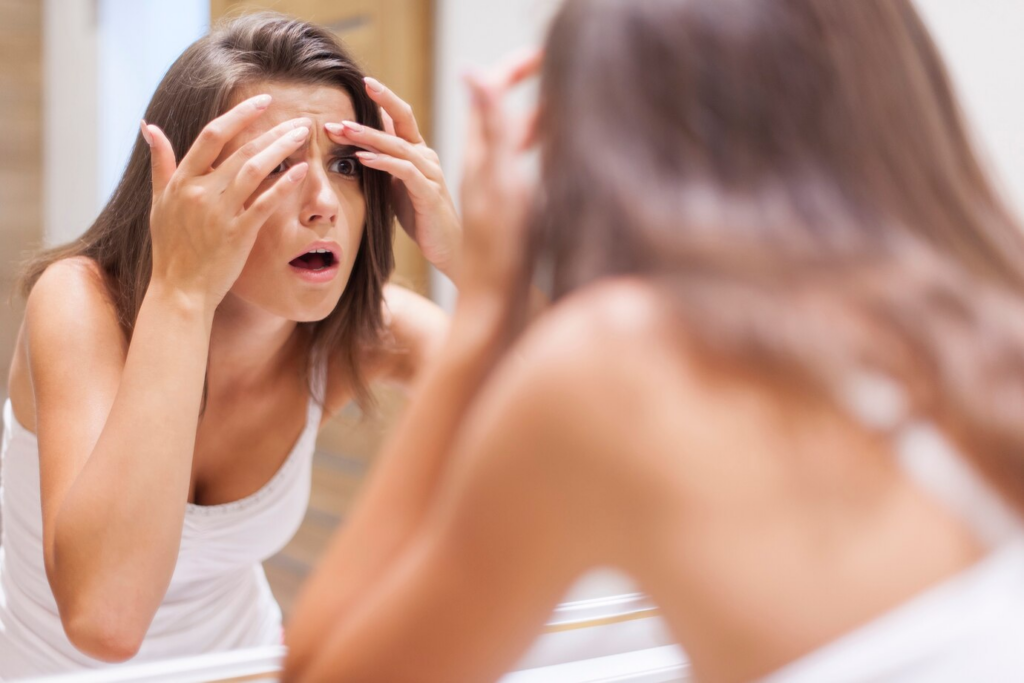
The Acne-prone Skin Market
The global acne treatment market is expanding, driven by an increasing consumer focus on skincare and a growing number of people affected by acne. The market comprises a wide range of products, including cleansers, creams, lotions, and more advanced treatment solutions. In fact, according to some market reports, the acne treatment market is expected to continue its growth trajectory in the coming years.
So, what does this mean for you as a private label looking to introduce an acne cleanser? It means there’s substantial demand – but also significant competition. Your product will need to stand out, not just in efficacy, but also in how well it meets consumers’ evolving preferences.
When it comes to choosing acne treatment products, consumers these days are better informed and have higher expectations. They’re looking for products that don’t just promise to treat acne, but also offer additional benefits such as reducing inflammation, fading scar marks, or maintaining skin hydration.
Ingredients matter greatly to today’s consumers. While they appreciate tried-and-tested ingredients like salicylic acid or benzoyl peroxide, there’s also increasing interest in natural and organic ingredients like tea tree oil. Moreover, consumers prefer products that are free from harmful chemicals, fragrances, allergens, and are cruelty-free.
Ultimately, consumers want acne treatment products that work effectively without causing further irritation or dryness. They appreciate transparency about what’s in the product, how it works, and any potential side effects.
As a private label brand, understanding these trends and expectations can guide your product development process, helping you create an acne cleanser that truly resonates with your target market.
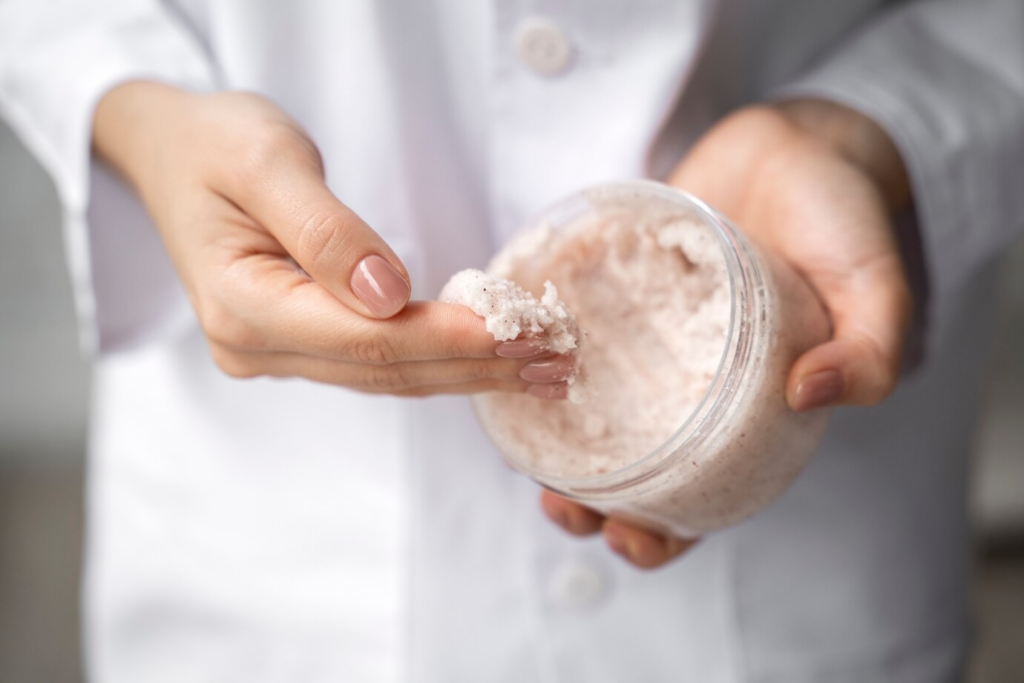
Tailoring Your Product to Your Target Audience
In the competitive beauty and skincare industry, understanding your target audience’s needs is crucial. This goes beyond just knowing their age, gender, or location, but delving deeper into their lifestyle, preferences, skincare routines, and, most importantly, their skin concerns – like acne.
Your target audience for an acne cleanser might range from teenagers going through hormonal changes to adults experiencing late-onset acne. Each group has its unique needs and will respond differently to certain ingredients, product formulations, and brand messaging. Here’s how you can tailor your product to meet these needs:
Ingredients: As discussed earlier, ingredients are often the deciding factor for consumers when choosing acne treatment products. Make sure the active ingredients in your cleanser not only effectively combat acne but also cater to your target customer’s preferences. For instance, if your audience leans towards natural and organic products, consider including ingredients like tea tree oil or green tea extract.
Texture and Scent: These are key considerations as they affect the user experience. For example, some people may prefer a light gel cleanser that feels refreshing on the skin, while others might prefer a creamy formula that offers more hydration. Similarly, while some consumers enjoy scented products, others with sensitive skin might prefer fragrance-free options due to potential irritations.
Packaging: The packaging of your product plays a role in attracting your target audience. It should reflect your brand identity and appeal to your audience’s aesthetic tastes. Additionally, consider practical aspects such as ease of use, portability, and environmental impact.
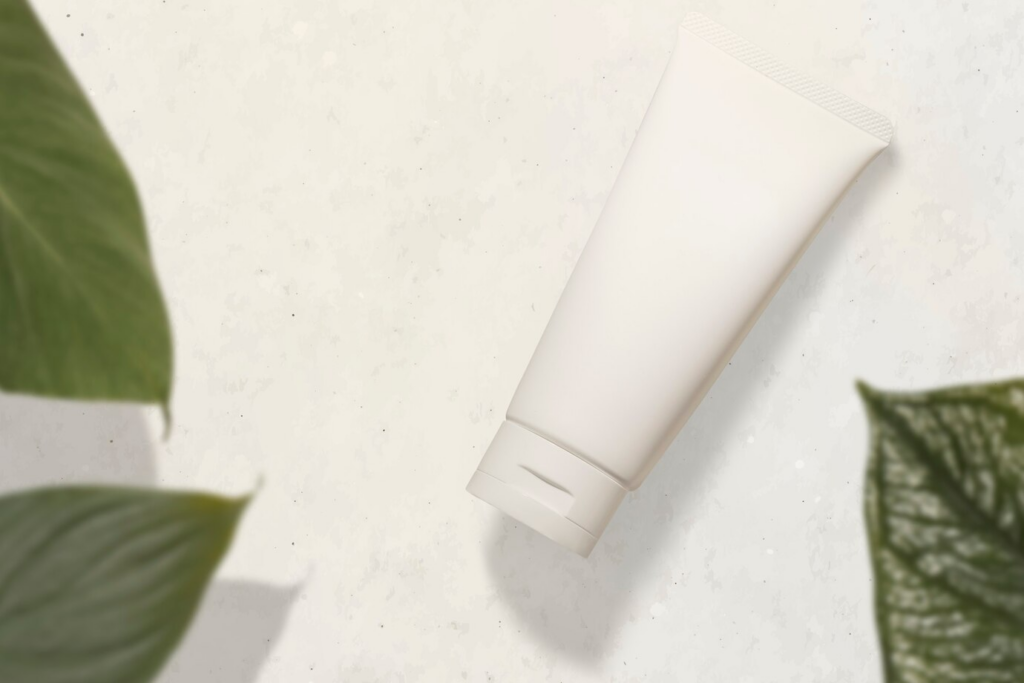
Education and Transparency: Provide clear information about the benefits and potential side effects of your product’s ingredients. Be transparent and educate your consumers about how to properly use the cleanser to maximize its benefits.
By tailoring these aspects of your product to your target audience’s needs and preferences, you can increase its appeal and potential for success in the acne-prone skincare market. In the next section, we’ll guide you through the process of formulating your acne cleanser to ensure it’s not just effective but also aligns with your brand values.
Understanding Your Brand Identity
In the competitive landscape of skincare, defining your brand identity is the first step towards creating a lasting connection with your audience. Let’s embark on a journey to unearth the essence of your brand ethos, the distinct qualities that set your private label apart, and the seamless alignment of your brand identity with the realm of acne cleanser products.
Defining your brand ethos
Begin by introspecting the core values that fuel your brand. Is it a commitment to natural ingredients, a focus on innovation, or a dedication to inclusivity? Understanding your brand ethos is like discovering the heartbeat of your skincare venture. It shapes not just your products but the entire narrative surrounding your brand.
Identifying the unique selling points of your private label
What makes your private label stand out in the vast skincare market? Is it a revolutionary ingredient, a commitment to sustainability, or a unique approach to addressing acne concerns? Identifying these unique selling points is crucial; it’s what captures the attention of your target audience and distinguishes your brand from the rest.
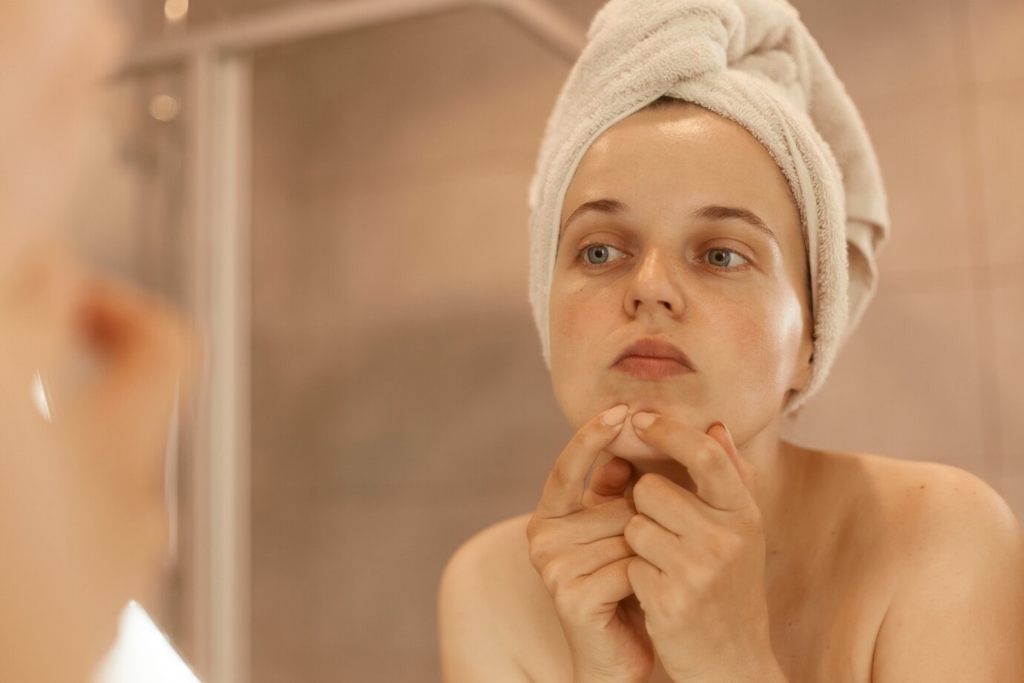
Aligning your brand identity with acne cleanser products
As you venture into the acne cleanser market, it’s essential to ensure that your brand identity seamlessly aligns with the products you offer. If your brand prides itself on natural solutions, how can this ethos be reflected in your acne cleanser formulations? Understanding this synergy ensures that your brand identity is not just a concept but a tangible experience for your customers, fostering trust and loyalty.
From Formulation to Production: Creating an Acne Cleanser
Creating an acne cleanser goes beyond just mixing ingredients together. It’s a multi-step process that involves careful selection of ingredients, formulation, testing, production, and finally, packaging. Let’s break down these steps:
Ingredient Selection
This is the first crucial step where you decide on the active and auxiliary ingredients for your acne cleanser. The ingredients should be chosen based on their effectiveness against acne, as well as on how well they align with your brand values and target audience’s needs.
Formulation
Once the ingredients are selected, the formulation process begins. This involves deciding the concentration of each ingredient, ensuring they work synergistically for maximum efficacy while minimizing potential irritations.
Stability and Efficacy Testing
Before moving to large-scale production, the product must undergo rigorous testing. Stability testing ensures the product remains effective and safe over time, under different conditions. Efficacy testing helps verify if the product delivers on its claims.
Production
After successful testing, production begins. This should be done in a controlled environment to ensure the final product is consistent and free from contaminants.
Packaging
The final step is packaging the product. The packaging should not only be visually appealing but also functional, protecting the product and making it easy to use.
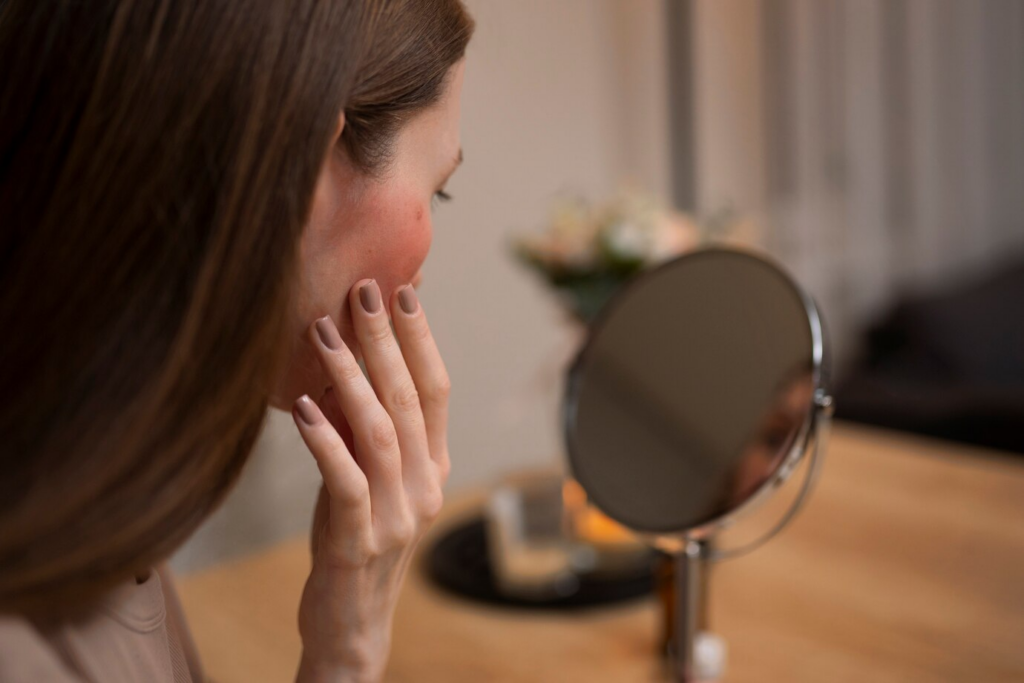
Throughout this process, working with a reliable manufacturer is crucial. They can provide valuable insights during formulation, carry out necessary stability and efficacy tests, and ensure smooth production. A good manufacturer will uphold the highest quality standards, guaranteeing that the end product is both safe and effective.
Regulatory Guidelines and Certifications for Acne Products
Navigating the world of skincare regulations can seem daunting, but it’s an integral part of launching any acne product. Several agencies worldwide outline guidelines for safety, ingredient usage, labeling, and more. These may vary from region to region, so it’s important to understand the specific rules applicable to your target markets.
For instance, in the United States, the Food and Drug Administration (FDA) regulates over-the-counter acne treatments as drugs. This means they must comply with certain labeling requirements, including active ingredients and their concentrations, usage instructions, and warnings about possible side effects. Certain countries in Europe or Asia might have different regulations, often overseen by local health or cosmetics authorities.
In addition to national regulations, there are some globally recognized certifications that can add credibility to your product. For example, a certification like “cruelty-free” means the product wasn’t tested on animals. Similarly, eco-certifications such as “organic” or “natural” denote that your product meets certain environmental and health standards.
Beyond this, safety testing is of paramount importance. It ensures that your acne cleanser won’t cause harm or adverse reactions when used as directed. This involves testing for skin irritations or allergies, as well as conducting stability tests to ensure the product remains safe and effective over time.
Compliance with these regulations isn’t just about avoiding legal issues; it’s also about building trust with consumers. In a crowded skincare market, regulatory compliance can be a differentiator, showing customers that you’re committed to delivering safe, high-quality products. As we move on to the formulation process, remember that these regulations should always be kept in mind to ensure a smooth, successful product launch.
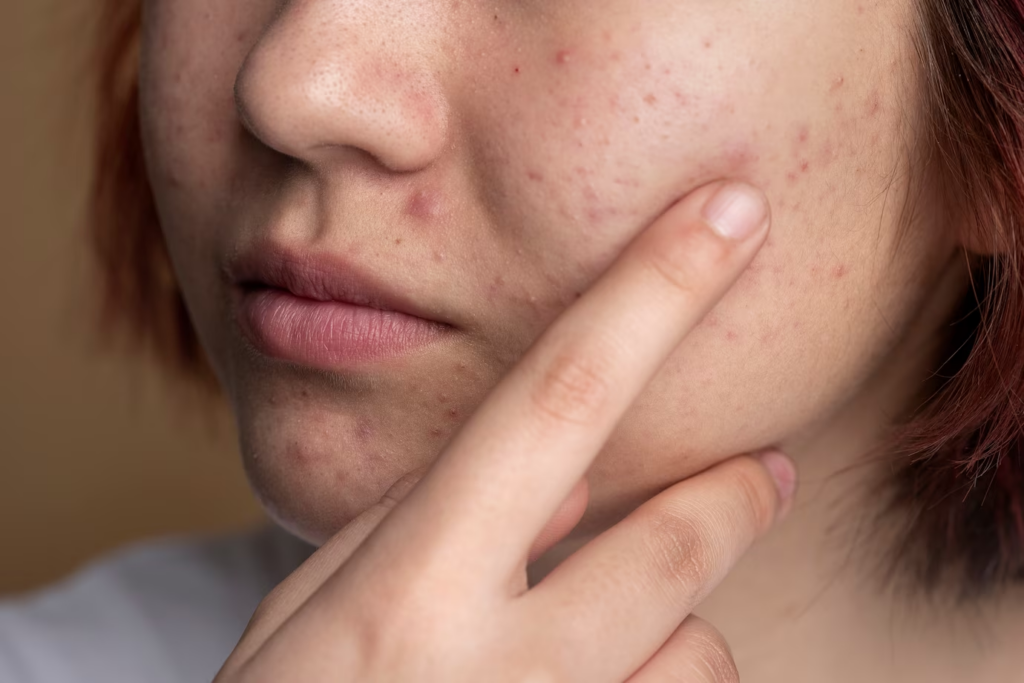
Entering the acne-prone skincare market with a private label cleanser requires thoughtful planning, a deep understanding of your target audience and strict adherence to industry regulations.
First, careful planning is critical at every step- from selecting effective ingredients to formulating the product to testing for stability and efficacy to moving into production. Each step should be meticulously thought out to produce an acne cleanser that’s not only effective but also in line with your brand’s ethos and values.
Second, understanding your target market is key. Identify their needs, preferences and pain points. This awareness will guide your ingredient selection and formulation process, ensuring that you create a product that truly connects with its intended users.
Finally, industry compliance is non-negotiable. Make sure your product complies with all relevant local and international regulations. Safety must always be a top priority, and regulatory compliance demonstrates your commitment to bringing safe, reliable products to market.
By keeping these elements in mind, you can successfully launch your private label acne cleanser in this highly competitive market. It’s a challenging journey, but with the right approach, it can lead to rewarding results in terms of both business growth and customer satisfaction.

